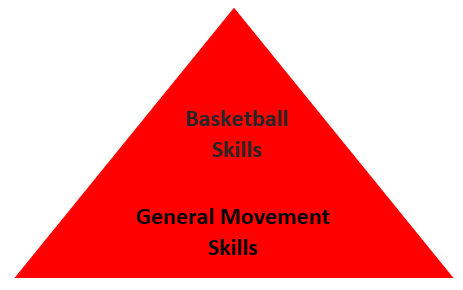
For youth athletic development and lifelong athletic health and function.
There are fundamental athletic movement patterns that represent the foundations for many other movements – both in the general sense and in specific basketball actions. They challenge your coordination, balance, strength, and postural awareness and control. By possessing a broad range of these skills, you will be able to take advantage of these within your on-court basketball performance, as well as in your physical preparation and strength and conditioning training.
Basketball places repetitive stress and impact load on the structures of your spine and lower body which, overtime, can present you with pain, discomfort, and lead to injury and time away from playing. Undoubtedly, practising and working on your basketball skills and game understanding are what improve your basketball playing abilities the most, but it is important to ‘share the work’ being performed by the muscles and structures involved. This is where improving your movement skills comes in; they challenge the muscles to perform different types of work, and require the contribution from other muscle groups that may be undertrained and not playing as effective a role as they might.
A big part of this includes moving through full ranges of movement that are not typical in basketball actions and focusing on having control when moving in and moving out of these positions. The aim is to be able to coordinate all parts of your body, and have ranges of movement, strength - and stability, in regions of your body that contribute to overall athletic health and function. Think of it as the pyramid below; we want a big and broad base of movement skills that supports you as a basketball player – the specific skills, which sit at the top.

In the videos below, there are basic foundational movement skills that can be put together and combined in many ways, to provide you with an opportunity to develop your general athleticism. Movements can be combined to create more complicated movement patterns, challenging your control and coordination even further. In addition, these can be performed within warm-ups, or between skills based training, or as strength and conditioning based circuits. The key thing here is getting these movement skills included consistently within your week. These can be performed every day as they are low impact and do not heavily tax the body.
Within the videos, there are general guidelines for sets and repetitions. However, the emphasis should be on control of your body and quality of the movements being performed.
